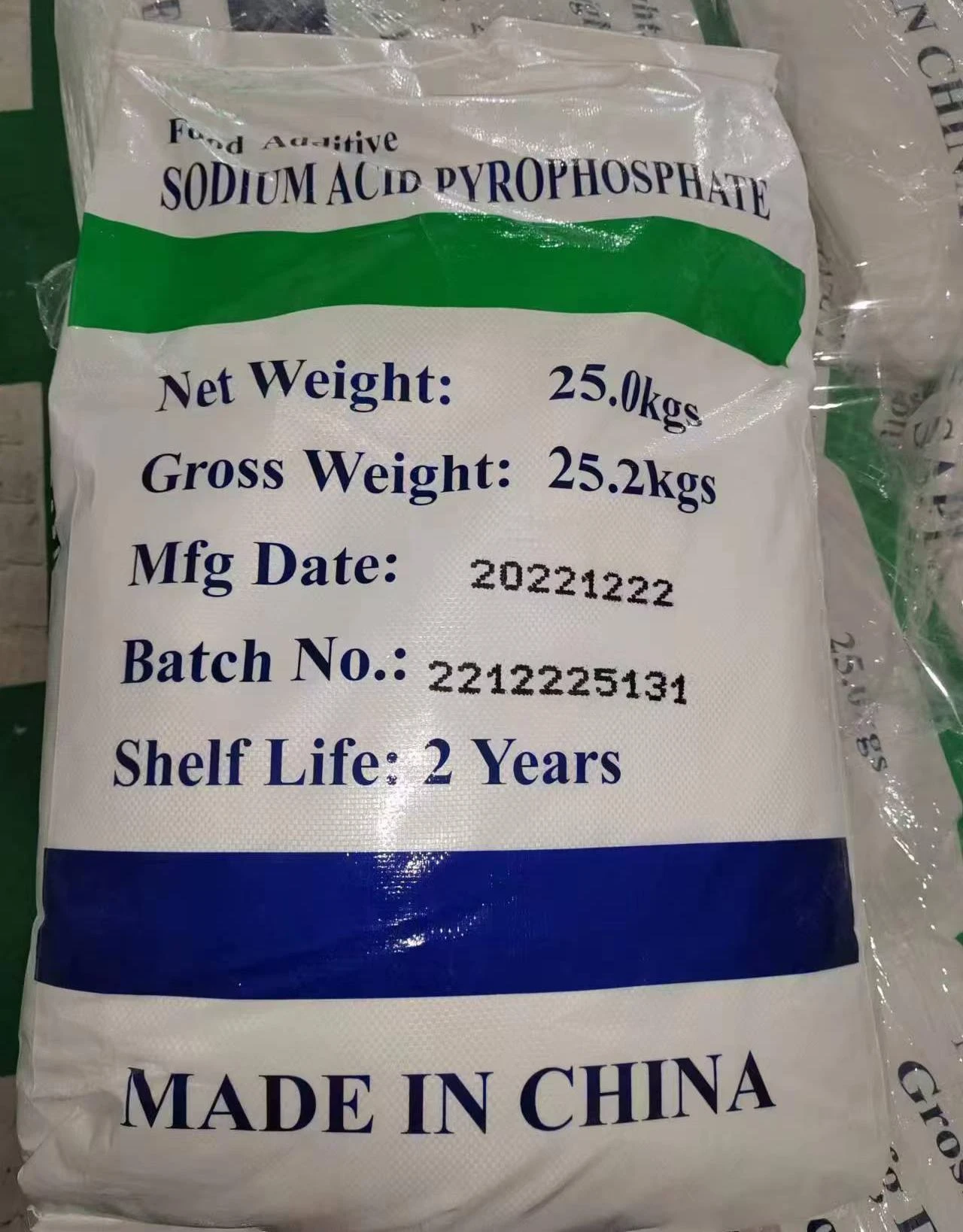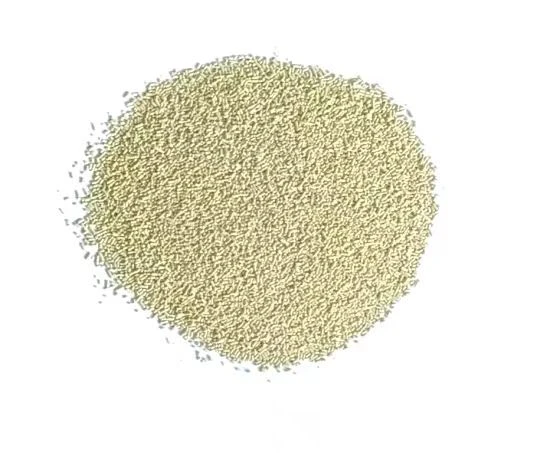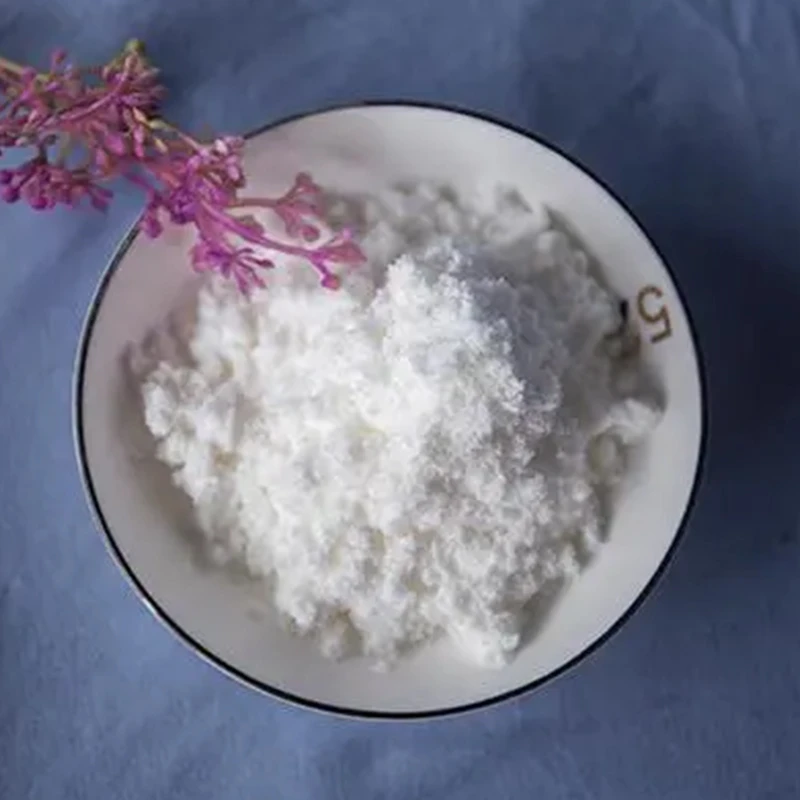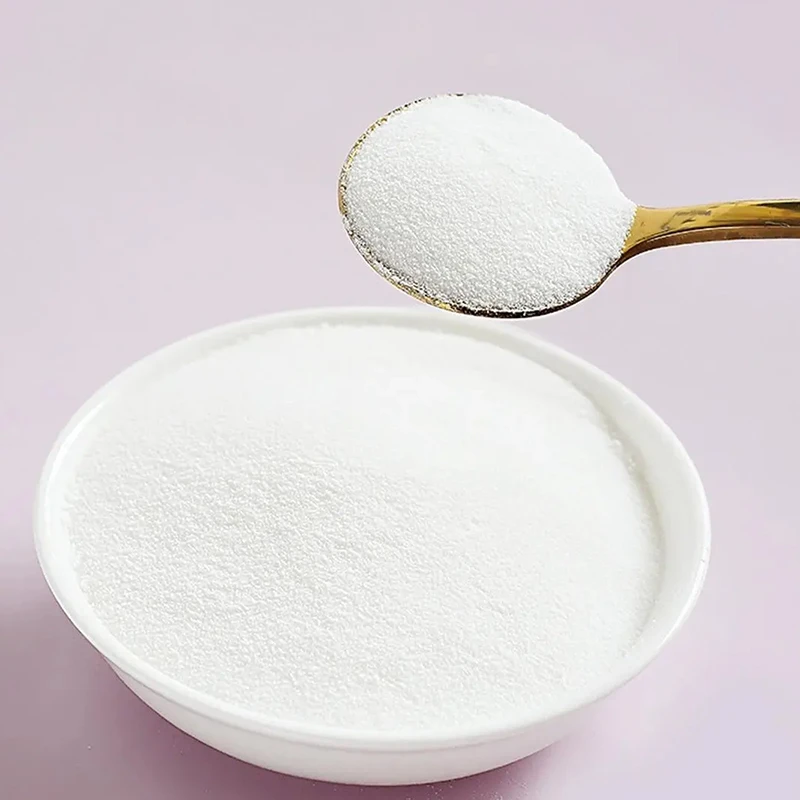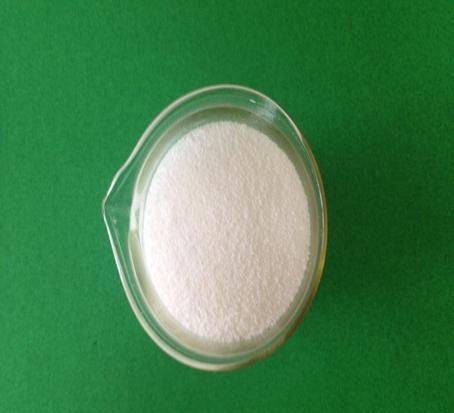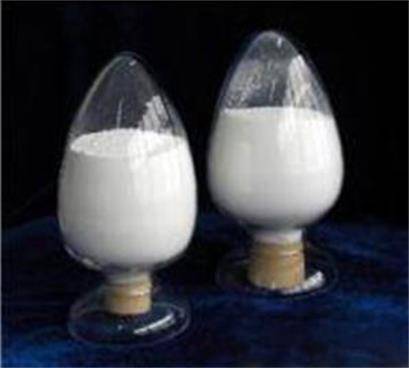nucleotide disodium, known as I+G, is a high‐efficiency flavor enhancer comprised of disodium 5′‐ribonucleotide combinations—principally disodium inosinate (IMP) and disodium guanylate (GMP). This product delivers pronounced umami and savoriness while acting as a next-generation nucleotide-based food additive and preservative. nucleotide disodium is widely recognized for its capacity to intensify flavors even at low concentrations, qualifying it as an indispensable component in the modern food processing industry. Learn more about Top Quality I+g For Food Additive.
- I+G is a synergistic blend, maximizing flavor enhancement over MSG alone.
- Supported by extensive scientific literature (ScienceDirect).
- Industry synonyms: disodium 5 ribonucleotide, sodium 5 ribonucleotide, disodium ribonucleotide, cytidine 5 monophosphate disodium.
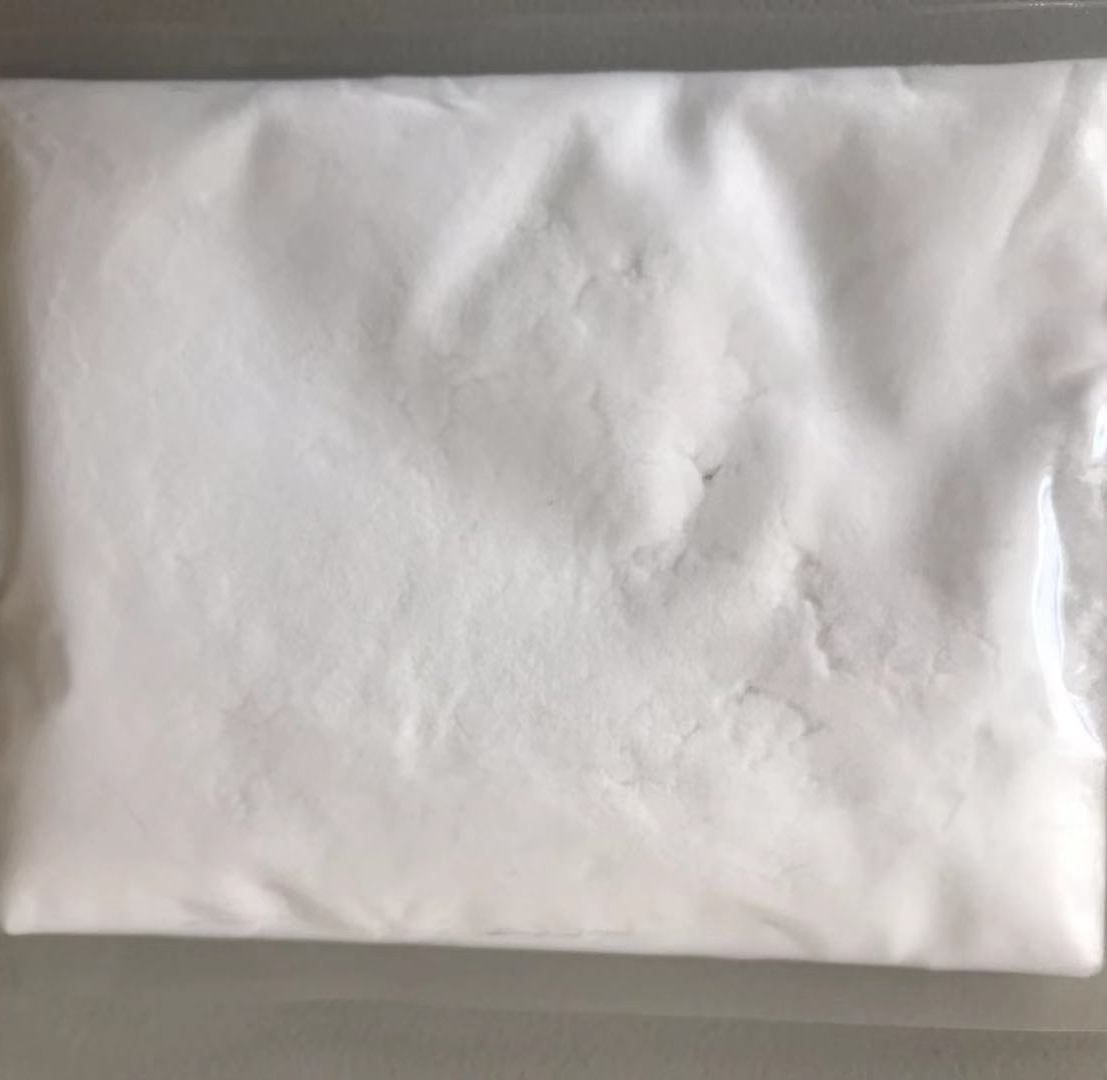
The nucleotide disodium industry has witnessed robust growth fueled by consumer demand for flavor-boosting agents with clean-label credentials and enhanced safety profiles. By synergizing disodium 5 ribonucleotide and cytidine 5 monophosphate disodium, manufacturers provide solutions for diverse food applications. Notably:
- Global market size: Projected CAGR of 6% from 2023–2028 (Source).
- Key growth regions: Asia-Pacific, Europe, and North America.
- Application expansion: Pet foods, infant formula, savory seasonings, snacks, instant noodles, processed meats.
- Regulatory landscape: Consistently recognized as GRAS in international standards (FAO Codex GSFA).



| Parameter | Typical Value | Unit | Reference Standard |
|---|---|---|---|
| Appearance | White to off-white crystalline powder | - | FCC/EU |
| Purity (nucleotide disodium I+G) | ≥98.0 | % | FCC/E640 |
| IMP:GMP Ratio | 1:1 or 2:1 | - | Industrial |
| Sodium Content | 12 – 14 | % | FCC/JP |
| pH (2% Solution) | 7.0 – 8.5 | - | In-House |
| Loss on Drying | ≤28.0 | % | FCC/EU |
| Heavy Metals (as Pb) | ≤10 | mg/kg | FCC/EU |
| Arsenic | ≤1 | mg/kg | FCC/EU |
| Total Plate Count | ≤1,000 | CFU/g | FCC |
- Seasoning blends: Stocks, bouillons, and flavor cubes benefit from intensely boosted umami and mouthfeel.
- Instant noodles: Enhances broth satisfaction, requiring significantly less MSG.
- Processed meats and seafood: Elevates savory perception, contributes to juiciness and freshness retention.
- Snack foods & chips: Improved overall flavor profile and consumer satisfaction (Journal of Food Processing and Preservation).
- Infant formula & functional foods: Source of dietary nucleotides to facilitate metabolism and gut health.
- Pet food: Palatability enhancer preferred over standard glutamates.
- Beverage base: Certain savory drinks, soups, and RTE foods for global cuisines.
As a top manufacturer and exporter of nucleotide disodium-based products such as Top Quality I+g For Food Additive (product page), our expertise is distinguished by:
- Strict adherence to FCC, EU, and Japanese Food Additive standards.
- Comprehensive technical support and product customization.
- Traceable quality management system and third-party testing.
- Sustainable supply chain management, ISO and HACCP certified.
- Fast delivery and dedicated after-sales support globally.
- 1. What is the molecular structure of nucleotide disodium (I+G)?
- It is a blend, primarily including disodium inosinate (IMP, C10H11N4Na2O8P) and disodium guanylate (GMP, C10H12N5O8PNa2).
- 2. What are the packaging and specification standards?
- Packaging: 10kg, 20kg, or 25kg fiber drums or composite bags. Standard: FCC/E640 and EU Specifications.
- 3. How should nucleotide disodium be stored?
- Keep in tightly sealed container111s, stored in a dry, cool, and ventilated warehouse to avoid moisture and direct sunlight exposure.
- 4. Are there regulated max dosage levels for nucleotide disodium (I+G) in foods?
- Yes. FAO/WHO set a general guideline at 500 mg/kg for foods, with regional variances.
- 5. What analytical methods are used for quality control?
- HPLC, titration for sodium and moisture, microbial testing for TPC, and heavy metals analysis via atomic absorption spectroscopy.
- 6. Does nucleotide disodium (I+G) alter product appearance?
- No. At typical use levels (0.05–0.1%), it is colorless, odorless, and has minimal impact on finished product appearance.
- 7. How is cytidine 5 monophosphate disodium and uridine 5 monophosphate disodium used compared to I+G?
- While I+G is used primarily for flavor enhancement, cytidine and uridine nucleotides are supplemented to fortify dietary or infant products for their physiological effects.
- disodium 5 ribonucleotide: Blend of IMP and GMP, used as enhancer (E635 in EU regulation).
- 5 ribonucleotide: General term for nucleotide-based flavor enhancers.
- cytidine 5 monophosphate disodium: Used in nutritional applications.
- disodium ribonucleotide, sodium 5 ribonucleotide: Industry and regulatory synonyms highlighting the sodium content and ribonucleotide structure.
- Decades of specialized focus on nucleotide disodium.
- Certified by ISO22000, HACCP, Kosher, Halal, and BRC standards.
- Strong R&D and global quality certifications ensure product reliability and regulatory compliance.
- Excellent trace record for safety, supply continuity, and technical innovation.
- Comprehensive product documentation (COA, MSDS, TDS) provided upon request.
- ScienceDirect: Functional properties of nucleotides as food additives
- MarketsandMarkets: Nucleotide Market Analysis & Forecast
- Wiley: Application of nucleotides in food and beverage systems
- FAO GSFA: Disodium 5'-ribonucleotide International Food Standard
- FoodNavigator: Nucleotides and Clean Label Food Trends
Post time: Jul - 24 - 2025





